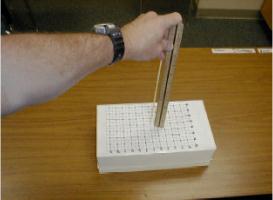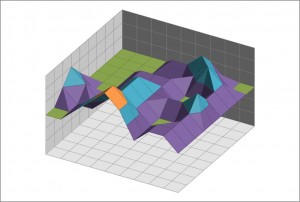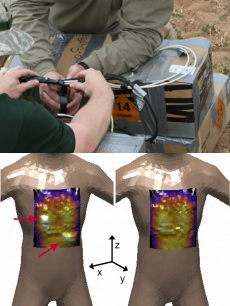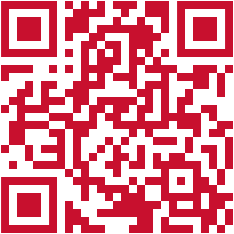Seeing What Can’t Be Seen
90 Minutes | 4th – 12th Grades
 The activity “Seeing What Can’t Be Seen”, gives students an overview of how radar and detection technology is being used to detect land forms, perform environmental and structural testing, identify dangerous materials or explosives, and for many other uses. The activity begins with an overview of radar technology – what it’s used for, the fundamentals of how radars work, and some example applications for detecting land forms, medical anomalies, weapons and chemicals, etc.
The activity “Seeing What Can’t Be Seen”, gives students an overview of how radar and detection technology is being used to detect land forms, perform environmental and structural testing, identify dangerous materials or explosives, and for many other uses. The activity begins with an overview of radar technology – what it’s used for, the fundamentals of how radars work, and some example applications for detecting land forms, medical anomalies, weapons and chemicals, etc.
 The activity includes a hands-on section wherein students have the opportunity to survey an ‘underground’ area (represented as a covered shoebox) to determine the elevations of the points within the box, and ultimately to graph the underlying land forms. The students work in teams to take measurements at each node on the box, and record the data for their land forms in a chart. This data is then entered into an excel sheet which propagates into a 3D mapping of the land form, after which students can uncover the box and determine how accurate their survey was.
The activity includes a hands-on section wherein students have the opportunity to survey an ‘underground’ area (represented as a covered shoebox) to determine the elevations of the points within the box, and ultimately to graph the underlying land forms. The students work in teams to take measurements at each node on the box, and record the data for their land forms in a chart. This data is then entered into an excel sheet which propagates into a 3D mapping of the land form, after which students can uncover the box and determine how accurate their survey was.

The extension of this activity for older students delves into the identification and mitigation of explosives, and how radar and sensing technology is used at airports, in war zones, and in vehicles and probes to detect and contain explosives. This activity is similar in nature to the above introduction, but instead the students are given ‘dangerous’ objects and ‘safe’ objects to hide in their boxes, and then each group receives a concealed box which they must work with to identify if there are any dangerous objects, where they are located, and what it might be.
This activity is inspired by work done by (ALERT, CenSSIS)

